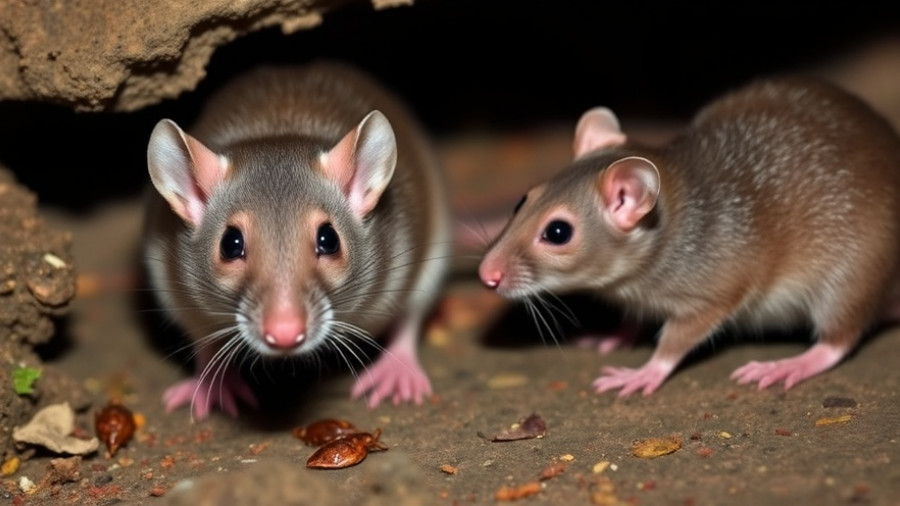
Understanding Spider Webs: What Homeowners in Folsom and El Dorado Hills Need to Know
As you tackle home maintenance and safety in Folsom and El Dorado Hills, understanding the types of spider webs you may encounter can be essential. Many homeowners prioritize DIY solutions but want to ensure that their space remains safe from unwelcome guests, including spiders. The good news is, most spiders are helpful for pest control, but recognizing which species you’re dealing with can provide peace of mind.
Identifying Spider Webs: A Key to Pest Management
The shape and placement of spider webs can give you clues about the type of spider inhabiting your home. For instance, the classic orb web is easily identifiable by its spiral design and is often crafted by harmless orb-weaver spiders. These webs are generally found outdoors, near porch lights or in gardens, where they catch flying insects.
On the other hand, cobwebs or tangle webs, common in corners of basements and garages, can indicate the presence of species that might include black widows. While these spiders are elusive and non-aggressive, identifying them correctly can help homeowners decide whether to take action.
Types of Spider Webs You Might Encounter
1. **Orb Webs**: These are the quintessential spider webs, featuring a round wheel design. They're mostly harmless and serve an important purpose in catching insects.
2. **Cobwebs**: Often mistaken for ornamental decorations, tangle webs can gather dust and dirt. These webs are a sign of a spider nearby, which could range from harmless to potentially dangerous.
3. **Funnel Webs**: Visible in shaded areas, these webs are constructed to help spiders catch prey while providing escape routes.
4. **Sheet Webs** and **Triangle Webs** also exist, each serving unique functions for their architects. Understanding these can empower homeowners to take appropriate actions.
Safety Measures and Peace of Mind
If you’re concerned about spider species in your area, remember that most spiders will retreat when threatened. However, if you suspect you might be dealing with a dangerous spider, consulting a pest control professional is advisable. For DIY enthusiasts, using traps designed for spiders can help manage populations effectively without harming the beneficial ones.
In summary, knowing the types of spiders and their webs not only ensures a cleaner home but also fosters a safer environment, making your next DIY project all the more pleasant. Understanding the balance of nature through these creatures can enhance your appreciation of the tiny architects sharing your space.
 Add Row
Add Row  Add
Add 




Write A Comment